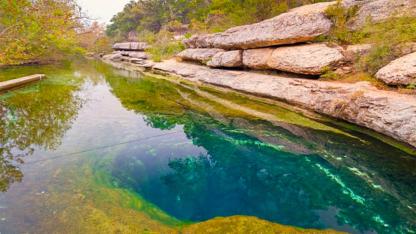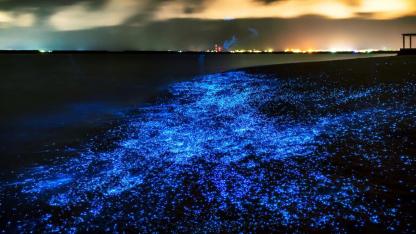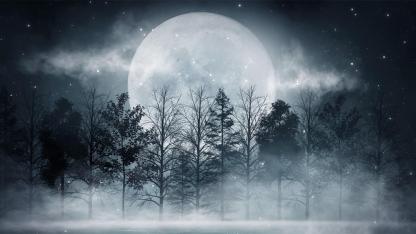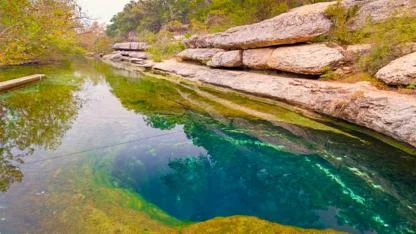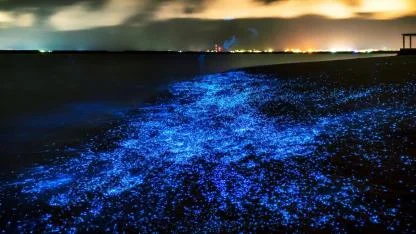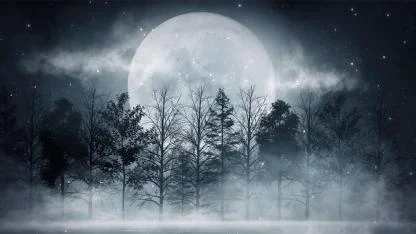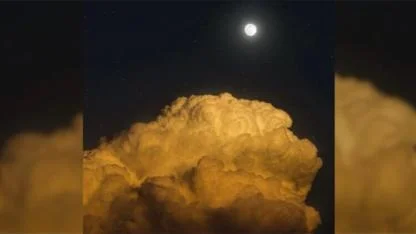The Underwater Geology Of The Hawaii Islands Is Just Astonishing
The Pacific Plate is moving northwestward at a significant rate – several centimeters per year. This constant plate movement over a local volcanic “hot spot,” or plume, has produced a chain of volcanic islands, one after another in assembly-line fashion. They go (really) by the name Hawaii.
Yayınlanma :
12.02.2024 19:32
Güncelleme
: 12.02.2024 19:32
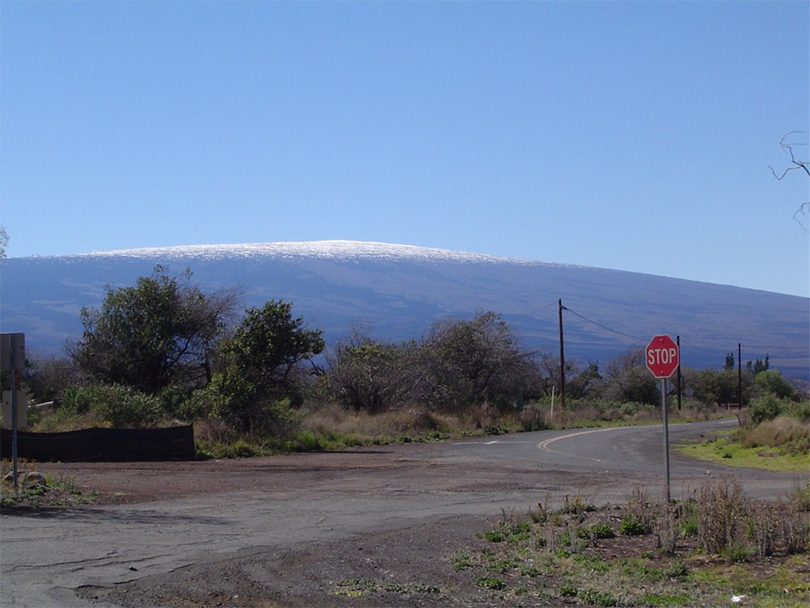

The eastern slopes of Mauna Loa have another volcano, Kilauea, the world's most active volcano and home to the fire-goddess, Pele. Some time ago Kilauea was believed to be a vent of Mauna Loa, but by today it has been revealed that it has its own magma chamber and is completely separate from its larger cousin. The other major volcano on the island is Mauna Kea, which makes up about 25% of the island's total landmass. Mauna Kea is significantly easier to spot than Mauna Loa, often recognized by its snowy cap in the winter months, from where it actually got its name from (Mauna Kea means "White Mountain"). Now there's a really interesting fact about this volcano: reaching a total elevation of some 33,000 feet from the sea floor, of which only 13,780 (approx.) feet exist above sea level, the mountain is actually the highest point in the entire Pacific Ocean and the world's tallest mountain from base to summit.


